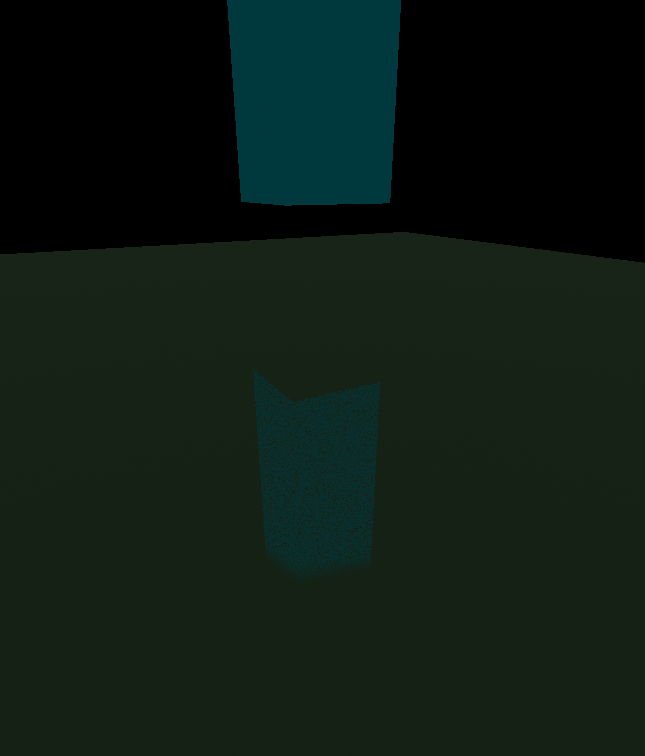I recently finished some work involving constrained bezier curves for use in my browser-based digital audio workstation. Specifically, I used them in its envelope generator, which looks like this:

The circles are draggable handles that allow the user to create whatever shape they desire for the envelope. The green handles define the start and end point of each curve segment and the blue circles control its shape/steepness.

